Quick Links
Summary
- Inside's ending is enigmatic and disturbing, leaving players wondering about the protagonist's fate.
- The game's secret ending, however, suggests a deeper metaphor involving the player's control.
- The prevailing theory suggests the protagonist was mind-controlled by the Huddle to escape.
Inside's ending is one of the most confounding conclusions to a game in recent memory, which can make the story feel unsatisfying or even incomplete - but with a little bit of additional insight, perplexed onlookers can find meaning in the final sequence. Getting to the end of Playdead's puzzle platformer is challenging in and of itself; after all, it'll require problem-solving with little to no help, aside from the occasional guidance of a spotlight. Despite all the trouble it puts players through, the end result seems, on the surface, like nothing but oddity and vagueness.
[Warning: The following article contains spoilers for Inside.]
Fortunately, a deeper meaning can be found upon closer analysis of Inside's ending and story. Toward the end of Inside, the unnamed protagonist finds himself absorbed into a creature known as the Huddle, the disturbing result of scientific experimentation and seemingly composed of human limbs, and tasked with escaping the containment facility. Only adding to the confusion is Inside's abrupt ending. The unexpected conclusion, combined with the loss of individual autonomy and general grotesqueness, has left many (understandably) wondering what the ending actually means.

What Playdead's Next Game After Limbo & Inside Is About
Playdead is a slow-paced and secretive developer, but there are a few tidbits of information about its follow-up to 2016's classic Inside.Inside's Ending Explained: What Really Happens During The Game's Last Scene
The Bad Ending Of Inside
While much of the game is up for interpretation, one of the prevailing theories for the Inside game's ending is that the protagonist was actually being controlled by the Huddle throughout the game, which only wanted to break free to escape further experimentation. Once the Huddle has taken over the boy, they break out of the containment facility and tumble down a hill. They roll towards the sea, which represents boundless freedom for the Huddle, which has been suspended in a tank for its entire life. But they stop just short, the Huddle reaching futilely outward with a single arm.
Inside is considered, by both developers and fans, to be the successor to Playdead's previous game, Limbo. Limbo has a similar visual style, barebones (but meaningful) plot, and cryptic ending.
Considering that the boy broke into a fortified facility and knew exactly where to go in order to solve Inside's puzzles and free the Huddle — eventually becoming a part of it himself — it makes sense that the creature somehow used him to its advantage. After all, the protagonist is the youngest of all the characters in Inside and may have been the most susceptible to mind control.
It's also worth noting that when the boy finally reaches the Huddle, he must pull a number of devices from its bloated form before it can run free. These may be pieces of the apparatus that allow it to control the boy from afar, but now that he's arrived, it can take over more directly by simply assimilating with him.
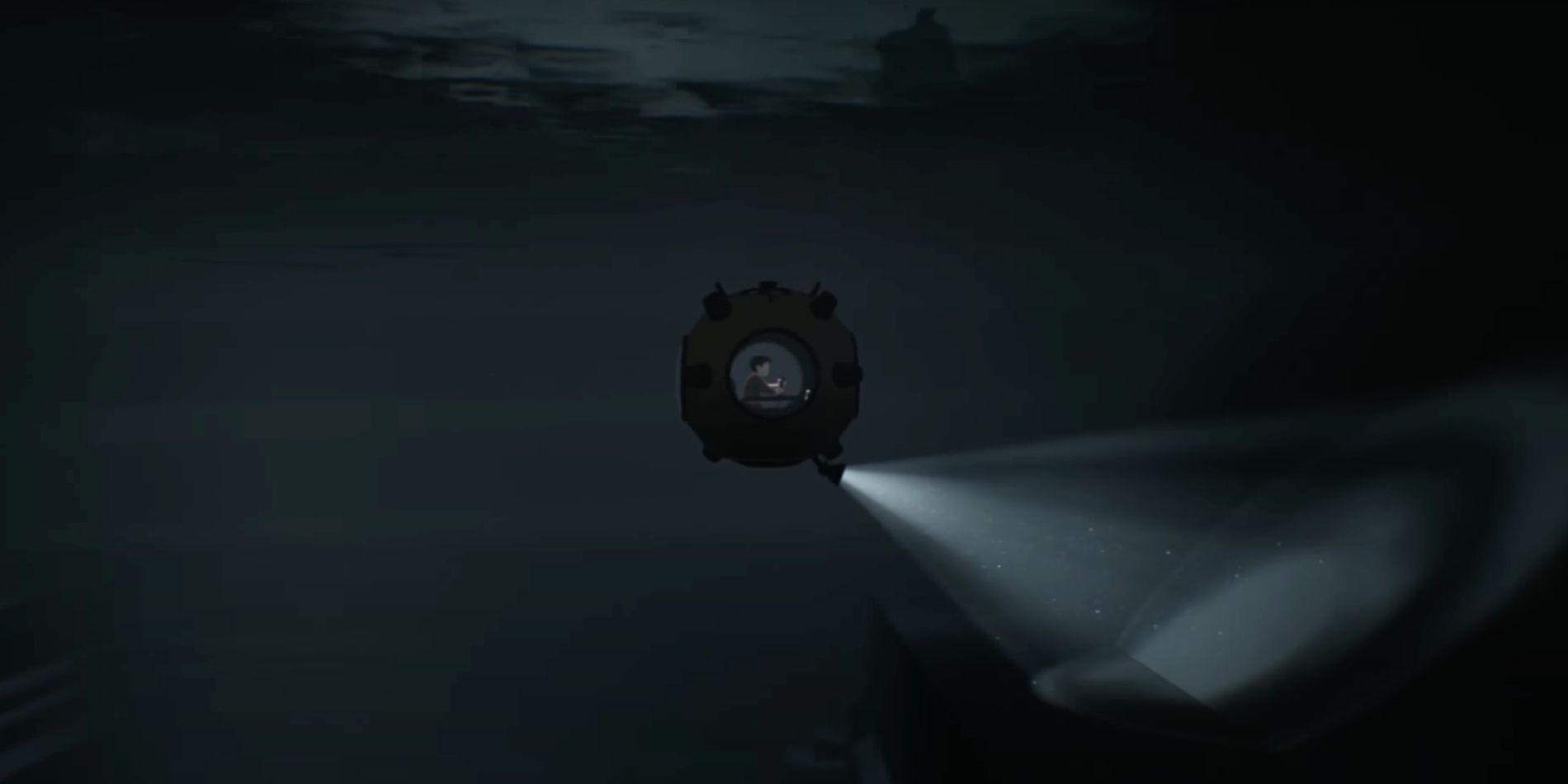
How To Solve The Underwater Puzzle in Inside
Solving Inside's underwater puzzle can be difficult, especially because there's no indication of how to use the submarine's charge power for barriers.Looking Closer For A Deeper Meaning
A Tragic End For Everyone
However, it's also important to interpret the onlooking scientists' reaction during this scene and thus to discern their motives. Some of them appear to be banging on the glass in panicked despair, while others wave their arms and attempt to get the boy's attention. They probably realize the implications of freeing the Huddle: the boy will lose his own free will, the scientists will lose control over the Huddle, and the cycle of control will perpetuate itself yet again. They express a wordless fear, not just of the danger to their own research but also of the boy's own fate.
The Huddle's fall also mirrors the opening of Inside, betraying one of the story's most central themes. Inside is a game about control and free will. The boy begins his story under surveillance, chased by guards who attempt to prevent him from exploring the facility. Throughout the game, he takes control of various creatures. But in the end, he cedes free will to the Huddle yet again. Just as when one tumbles down a hill, the boy was likely never in full control of where he went or how quickly he was going.
That's why the Huddle stops just short of the sea: it can never be free while it controls another person. Call it an act of karmic retribution or a comment on the nature of oppression and justice, but if nothing else, it's a tragic end for everyone involved.
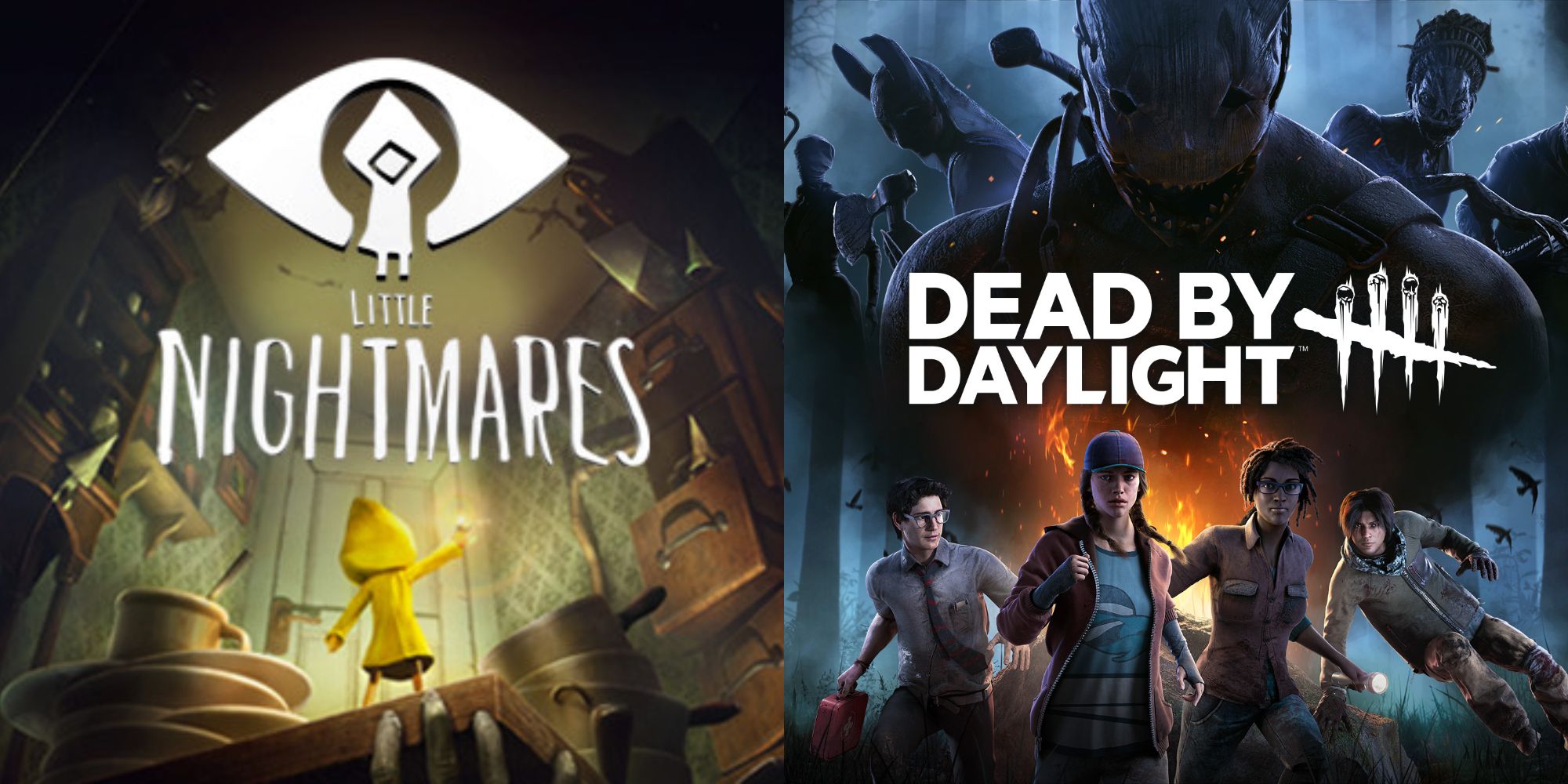
10 Fun Horror Video Games That Even Non-Horror Fans Can Enjoy
Some video games can be too scary for many players. Which games within the horror genre can non-horror fans still enjoy?Inside's Alternate Ending & Player Control Theory Explained
The True, Secret Ending Of Inside
Looking at the bigger picture, the Huddle mind-control theory makes a lot of sense, but there's another prominent theory as to the true meaning of Inside, specifically in relation to the game's secret ending. Like many of the best secret endings, certain requirements must be met in order to receive this special outcome. In order to achieve Inside's secret ending, 14 hidden light orbs found in hidden rooms across the map must be located and deactivated, including a lengthy puzzle sequence using a lever.
Inside's secret ending can only be activated after having completed the game through the normal ending at least once.
Once the player finishes this, the boy will be transported to another bunker. He runs down a long, dark, and rapidly narrowing hallway until he sees a mind control helmet, which must be powered down by pulling its plug. This ending isn't much happier than the default ending, but because it requires a little more work to get to and reveals a little more truth about the world, it could be called the true ending to Inside.
The helmet splutters and sparks ominously, before it, along with all the lights in the room, goes off. As the darkness gathers, the boy can dimly be seen in a cloud of fog, where he assumes the same, bent-over position as the mind-controllable zombies who appear in many of Inside's earlier puzzles.
This represents the protagonist losing his free will. The dark scene suggests that the boy was indeed being controlled by an external force the entire time, but it's not the Huddle - it's the player themselves. This ending uniquely requires players to exert their own knowledge of the terrible truths of Inside, to break the fourth wall and shut everything down, before the normal, bad ending can play out. The player has been directing the boy throughout Inside's narrative. They're ultimately responsible for all his trials, tribulations, and, if he succumbs to the Huddle, his demise. This is their repentance.
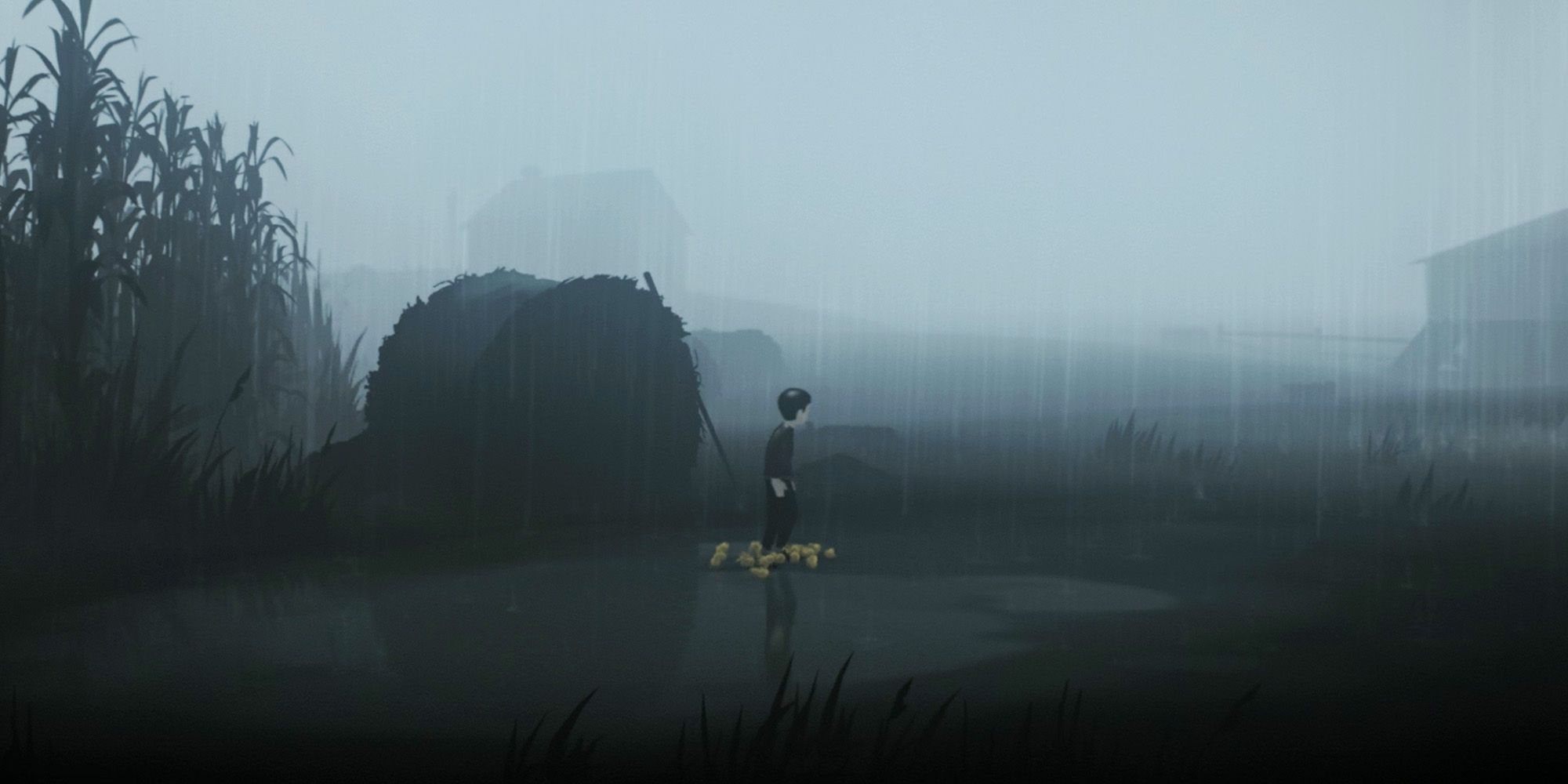
How To Solve The Farm Puzzle in Inside
The Farm is the second level in the 2D puzzle game Inside where players control the Boy, who recently escaped some figures hunting him in the Woods.Of course, this is just one theory, and alternative ideas also exist. The final mind control helmet could also belong to one of the scientists. Perhaps it was testing this device on the boy, in an effort to perfect the Huddle. This would give the creature an illusion of an escape before nefariously crushing its hopes and dreams, perhaps finally breaking its will. The scientists may also have intended the boy to join the Huddle by controlling him with this helmet.
From being mind-controlled by the blob-like Huddle to being mind-controlled by some unknown, antagonistic third party, both plausible explanations for the Inside game's ending are just as bleak as they are ambiguous. The themes of Inside seem to question the nature of free will, and play with the concept of control. Both endings make ample reference to these same themes, thoroughly interrogating both concepts in order to provoke the player's own thinking.
And that's really the point of it all. Inside contains little to no dialogue or direction for a reason: it demands the player think for themselves. At the end of the day, there is no right or wrong way to make sense of the events that transpire during the game; their sheer obscurity invites people to draw their own conclusions however they see fit. Unless Playdead itself ever reveals some canon interpretation, which is highly unlikely, there's no sure way to know what Inside's ending was really intended to mean - but perhaps that's for the best.
Source: Brett Makedonski/YouTube
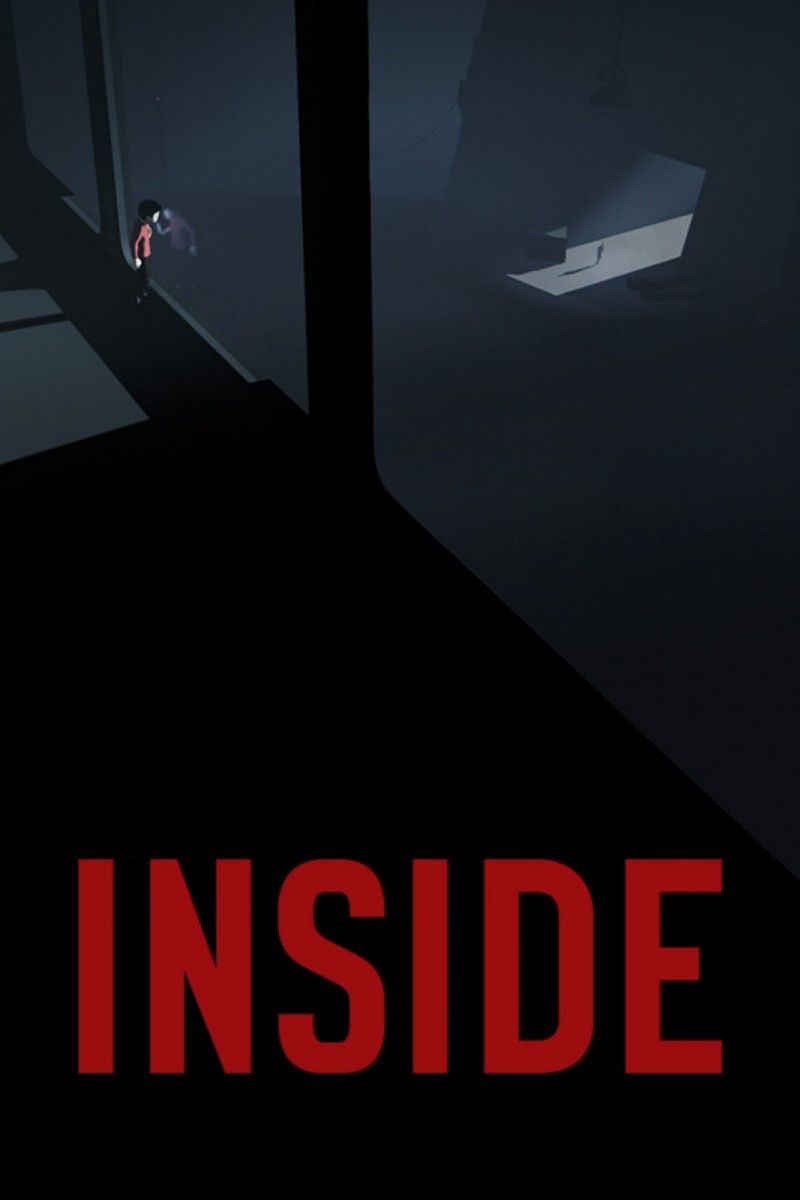
Inside (game)
- Platform(s)
- PlayStation 4 , Nintendo Switch , Steam , Microsoft Windows , macOS , Xbox One , iOS
- Released
- June 29, 2016
- Developer(s)
- Playdead
- Publisher(s)
- Playdead
- Genre(s)
- Mystery , Horror , Adventure
- ESRB
- M

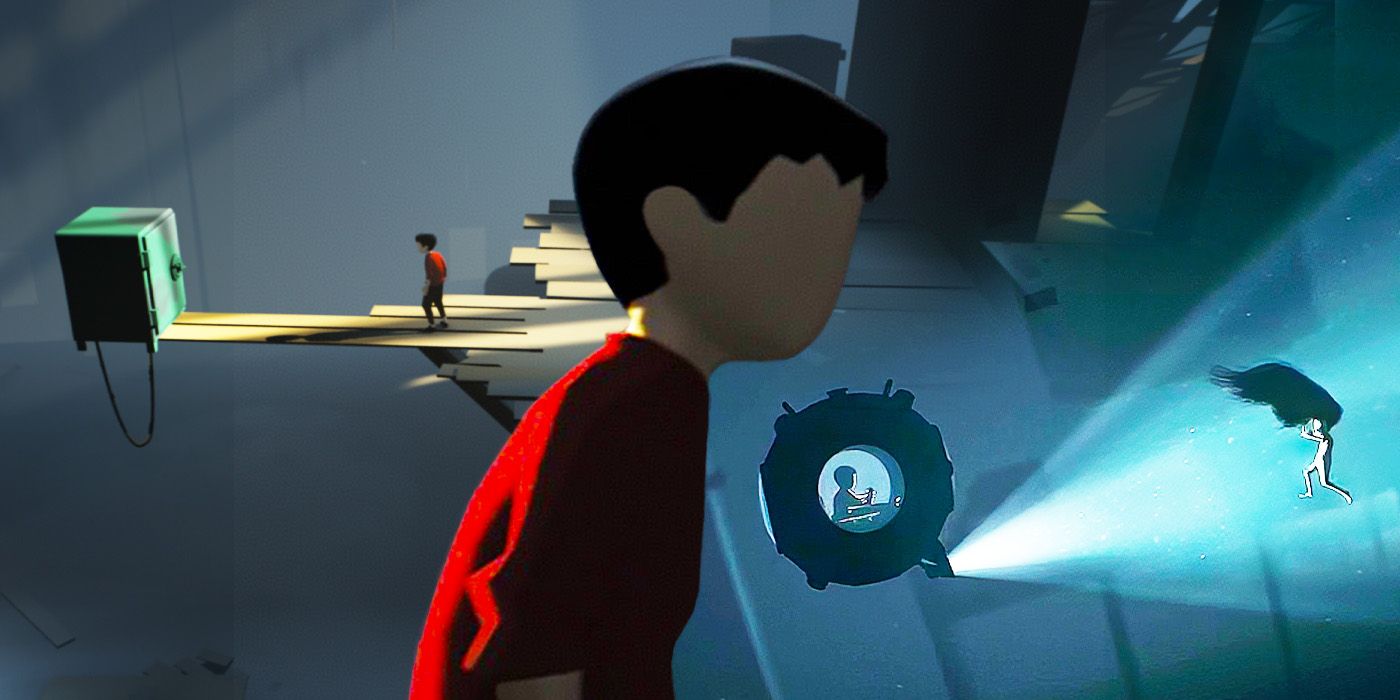
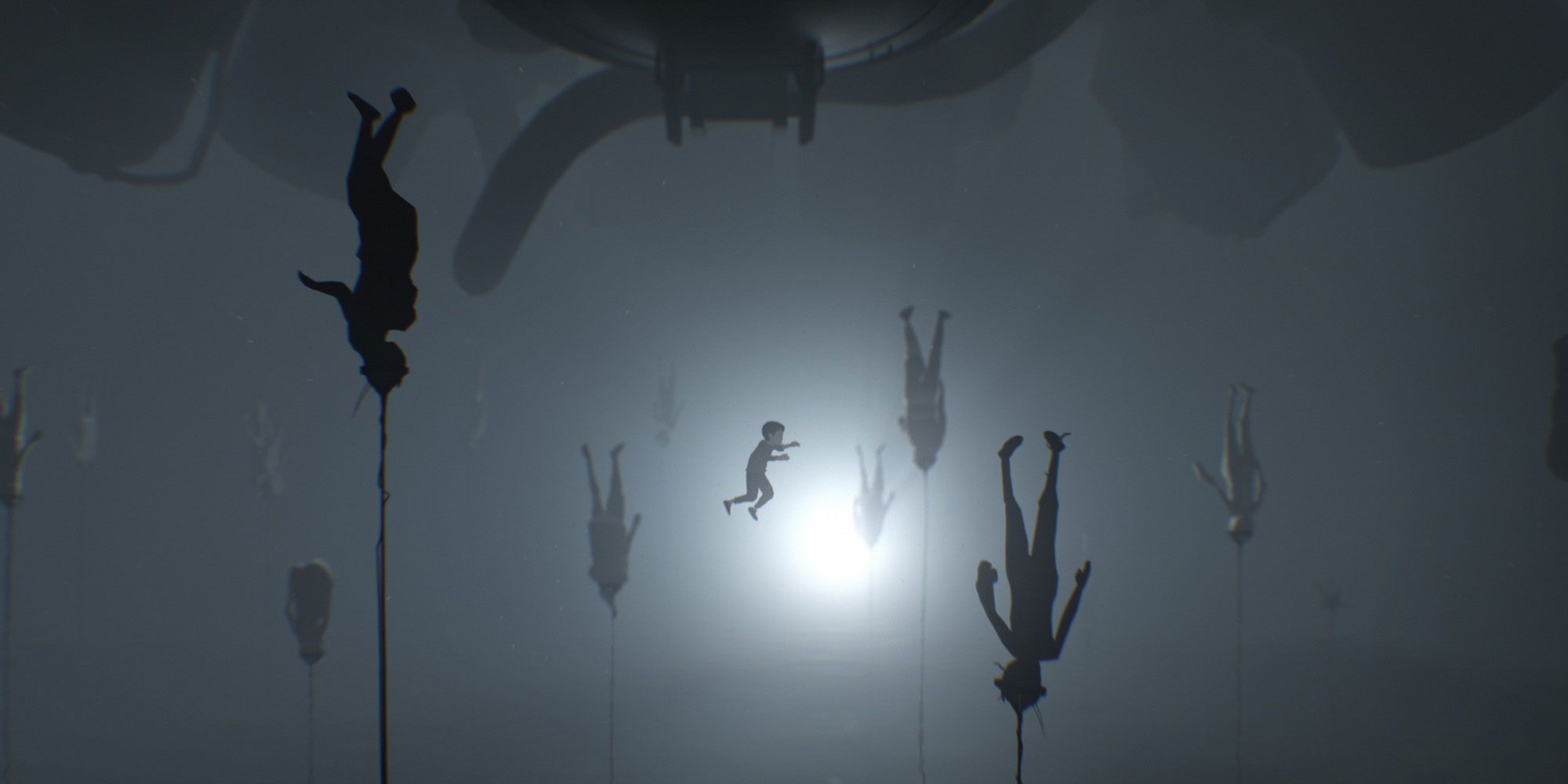
.jpg)